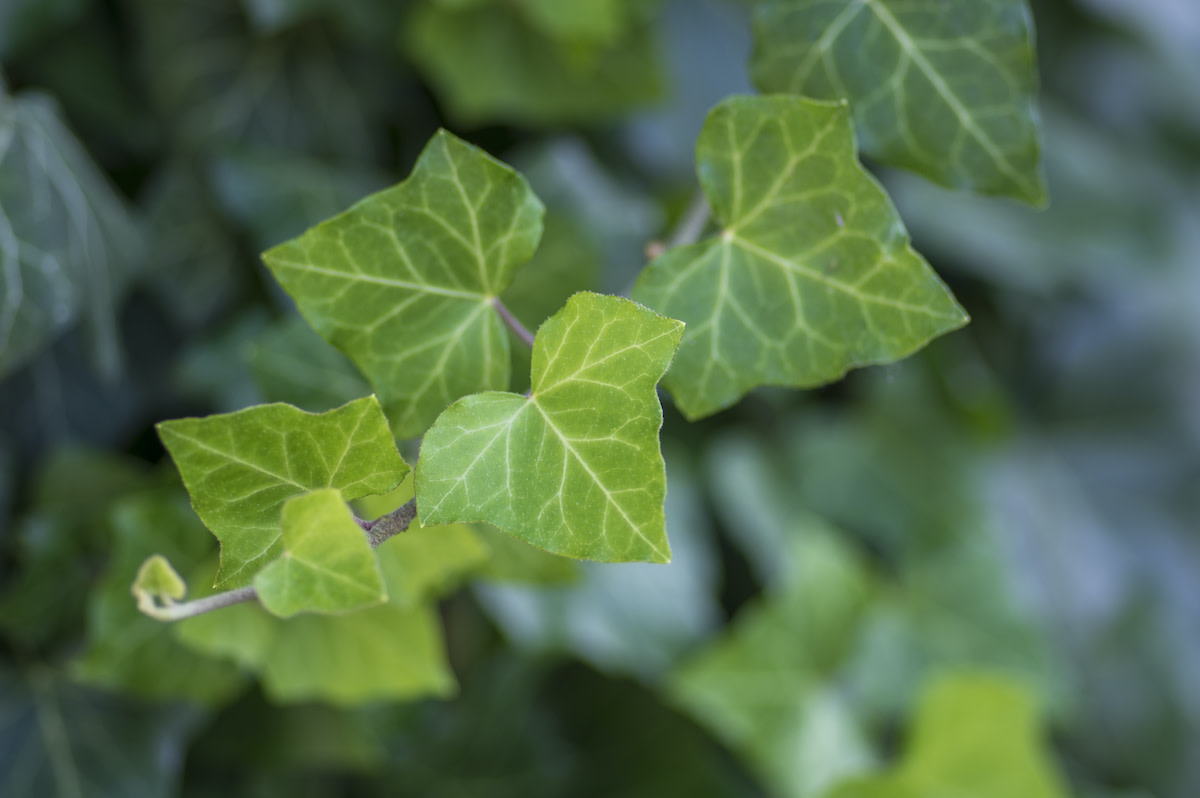English Ivy Plant Guide: How to Grow English Ivy
Written by MasterClass
Last updated: Nov 4, 2021 • 2 min read
English ivy is a climbing vine that clings to surfaces, making it a popular choice for covering walls and fences.
Learn From the Best
What Is English Ivy?
English ivy (Hedera helix) is an evergreen vine originating in Europe. Part of the Araliaceae family, English ivy plants have dark green, lobed leaves that may be variegated. Sometimes referred to as common ivy, this perennial ivy serves as climbing vine or groundcover in gardens, although it is considered an invasive plant in certain areas of the United States.
Is English Ivy Invasive?
There are hundreds of varieties of English ivy. Most feature stems with rootlets that allow the ivy vines to cling to surfaces like tree trunks or backyard fences. Herbicides are not particularly effective on English ivy, so the plant is considered an invasive species in areas like Oregon and Washington in the Pacific Northwest as well as Maryland. As a noxious weed, English ivy grows rapidly and can overrun native plants, including tree and shrub species.
How to Plant English Ivy
Gardners growing English ivy will find that the vine is remarkably easy to propagate. Whether you’re growing English ivy as an ornamental plant in your yard or as a houseplant indoors, you can grow a new ivy plant by following three simple steps:
- 1. Take a cutting of English ivy. Stems up to six inches long can be snipped with scissors or picked by hand.
- 2. Root the ivy cutting in a jar of water. Submerge the end of the ivy plant cutting in water, and wait until roots develop.
- 3. Place the rooted ivy vine into a pot of soil. English ivy plants spread easily once they take root. Once the cutting has developed roots, fill a container with potting mix, bury the plant’s roots in the soil, and watch nature work.
How to Grow and Care for English Ivy
In the garden or in the home, English ivy is easy to maintain. The plant thrives where indirect light and a humid climate provide the perfect growing environment.
- 1. Soil: Provide English ivy with well-draining soil—like a potting mix found at hardware stores—for best results. The plant will tolerate a wide range of soil pH levels.
- 2. Light: Outdoor ivy plants thrive in full shade or partial shade. You can place indoor English ivy plants in hanging baskets near windows with bright light, but full-sun exposure can cause the leaves to burn.
- 3. Water: No matter the location, English ivy plants do best when watered sparsely and only when the soil is dry.
- 4. Pests: Typical ailments affecting English ivy growth include mite infestations and root rot, but both can be managed with a watchful eye. Mites can be rinsed off with dish soap and water, and root rot can be avoided by minimizing watering.
Is English Ivy Toxic?
English ivy is toxic to humans and pets. Its sap can cause skin irritation, and ingesting the leaves can lead to vomiting, abdominal pain, fever, and other symptoms. Wear gloves when handling English ivy, and keep the plant out of reach of children.
Learn More
Grow your own garden with Ron Finley, the self-described "Gangster Gardener." Get the MasterClass Annual Membership and learn how to cultivate fresh herbs and vegetables, keep your house plants alive, and use compost to make your community—and the world—a better place.
